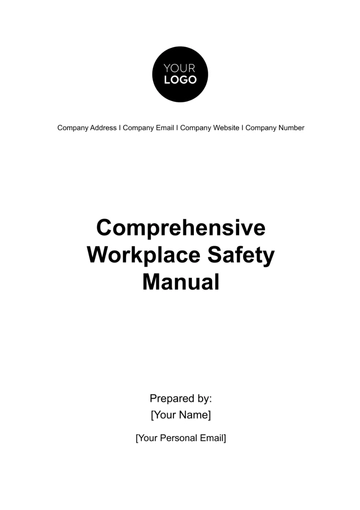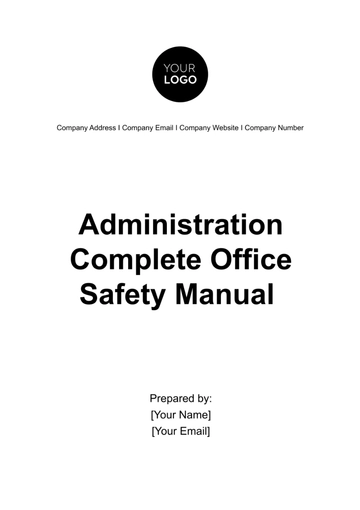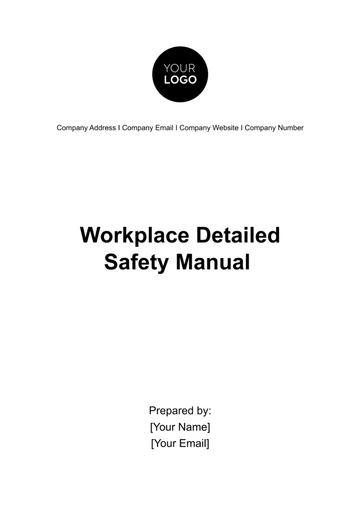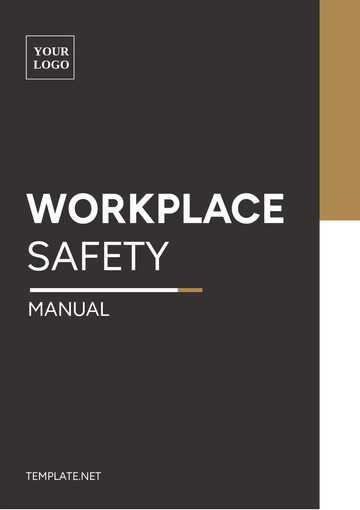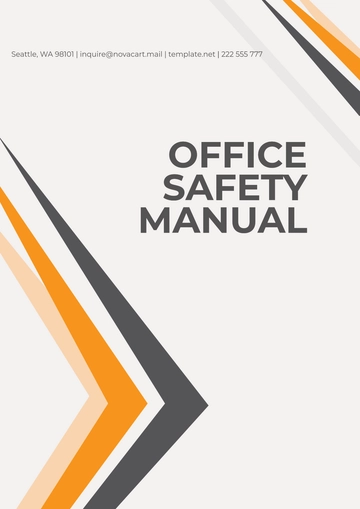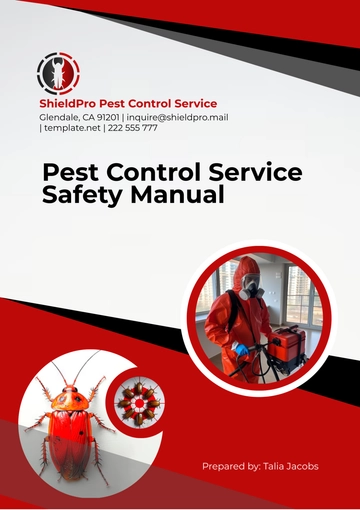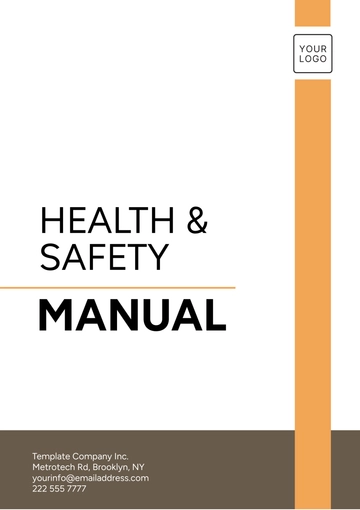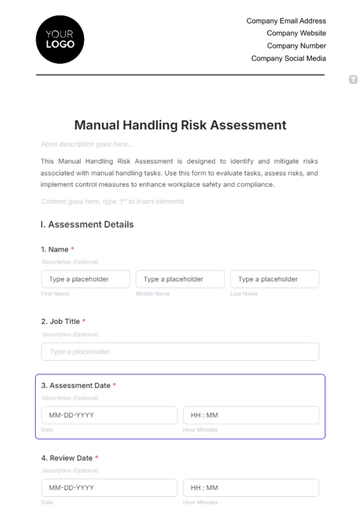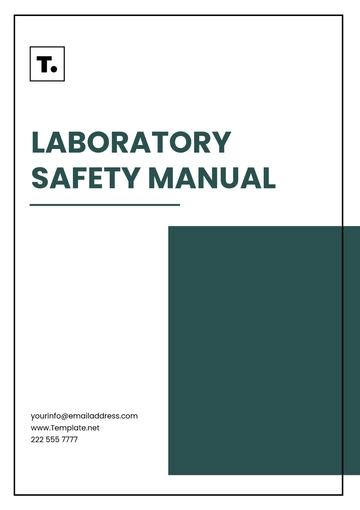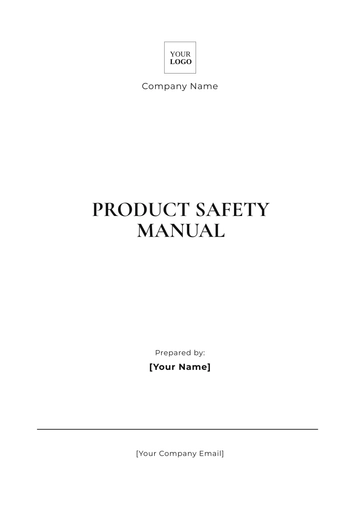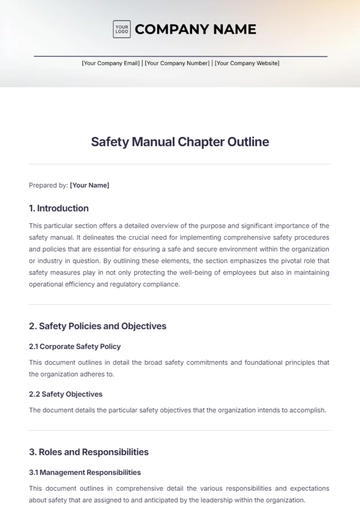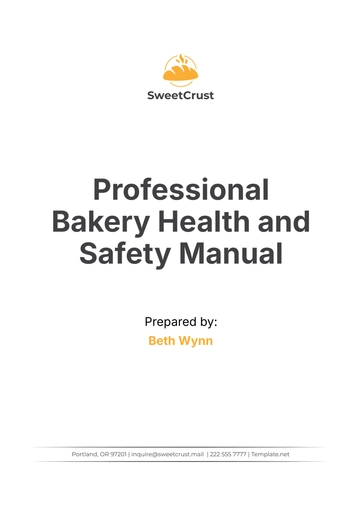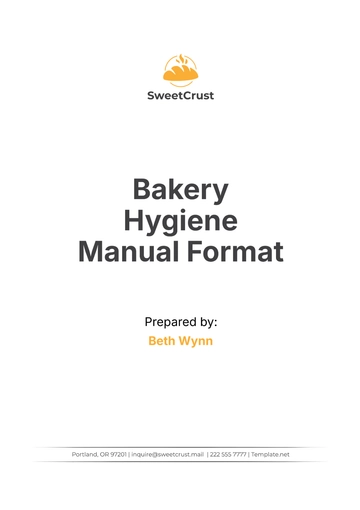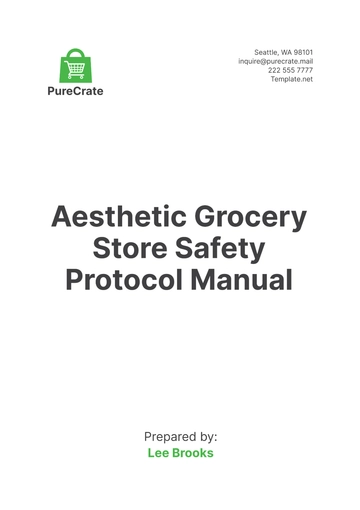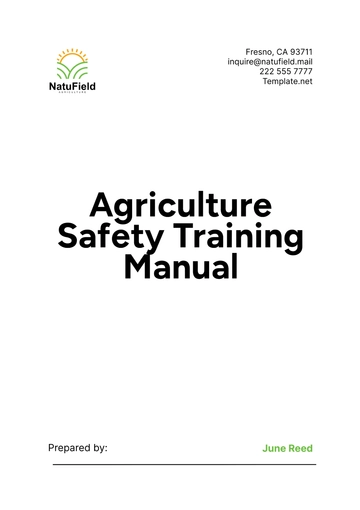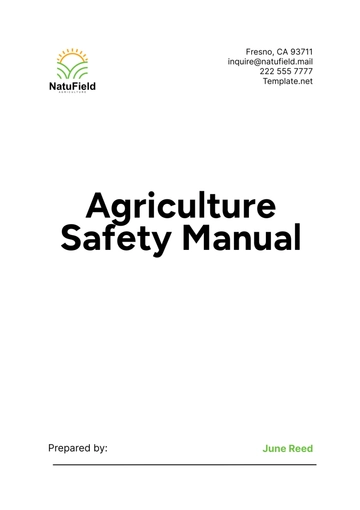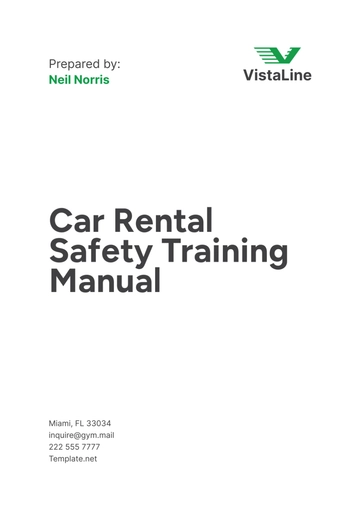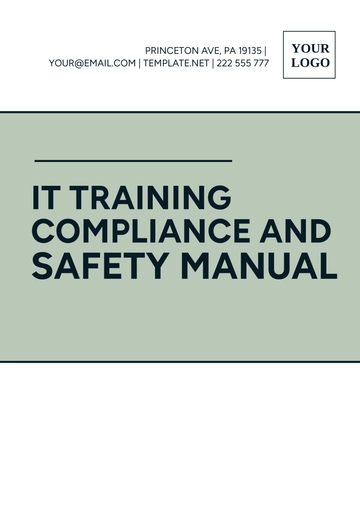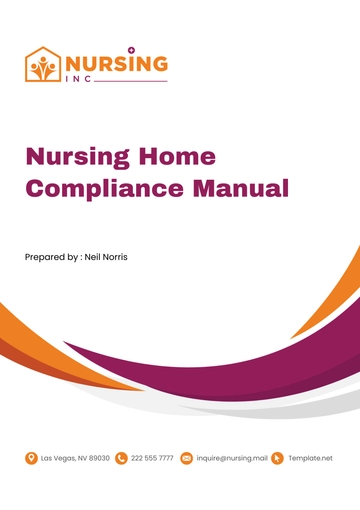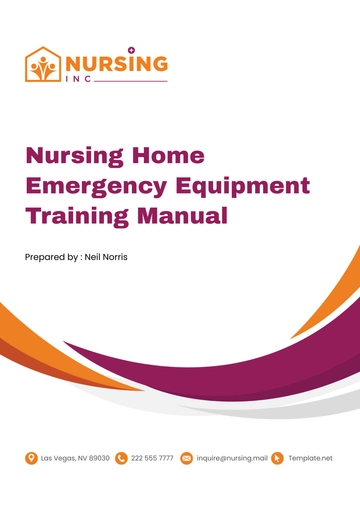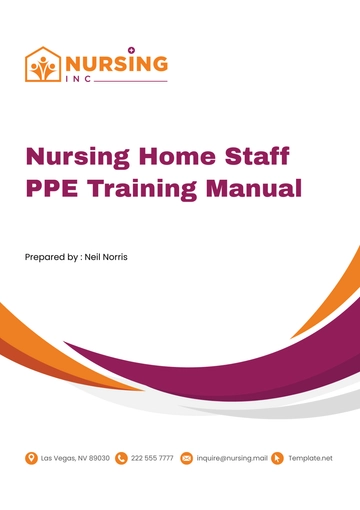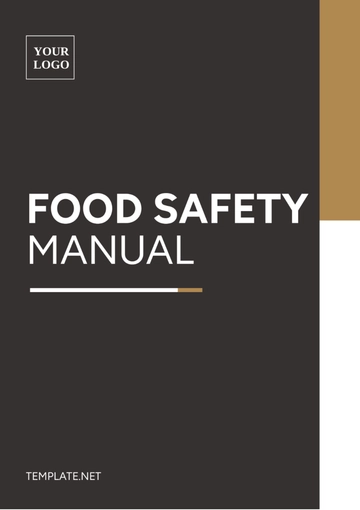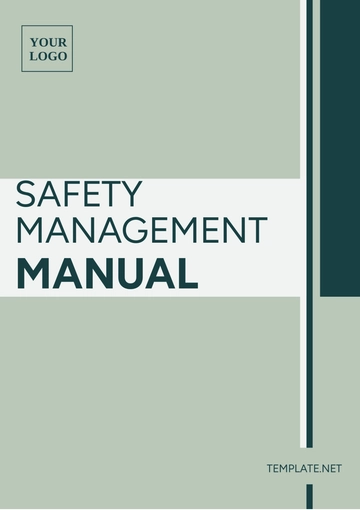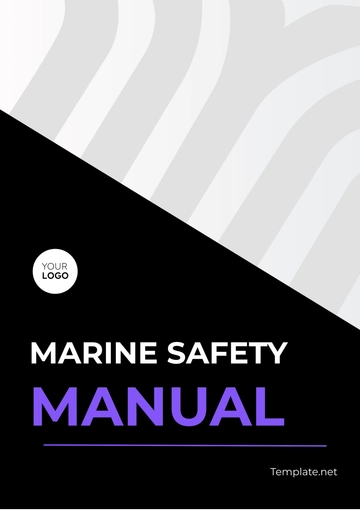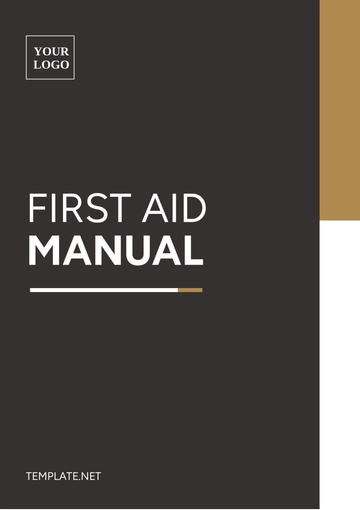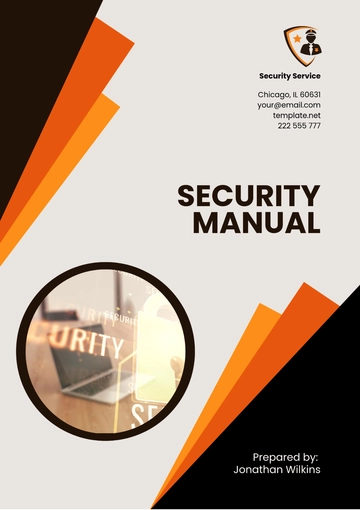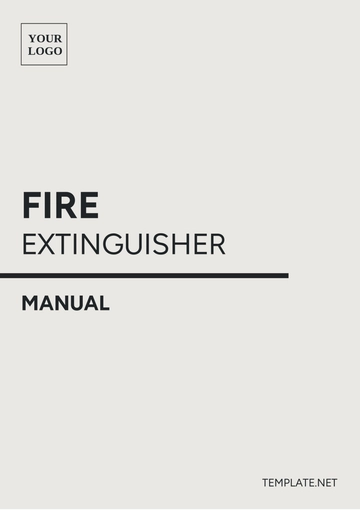Free First Aid Manual
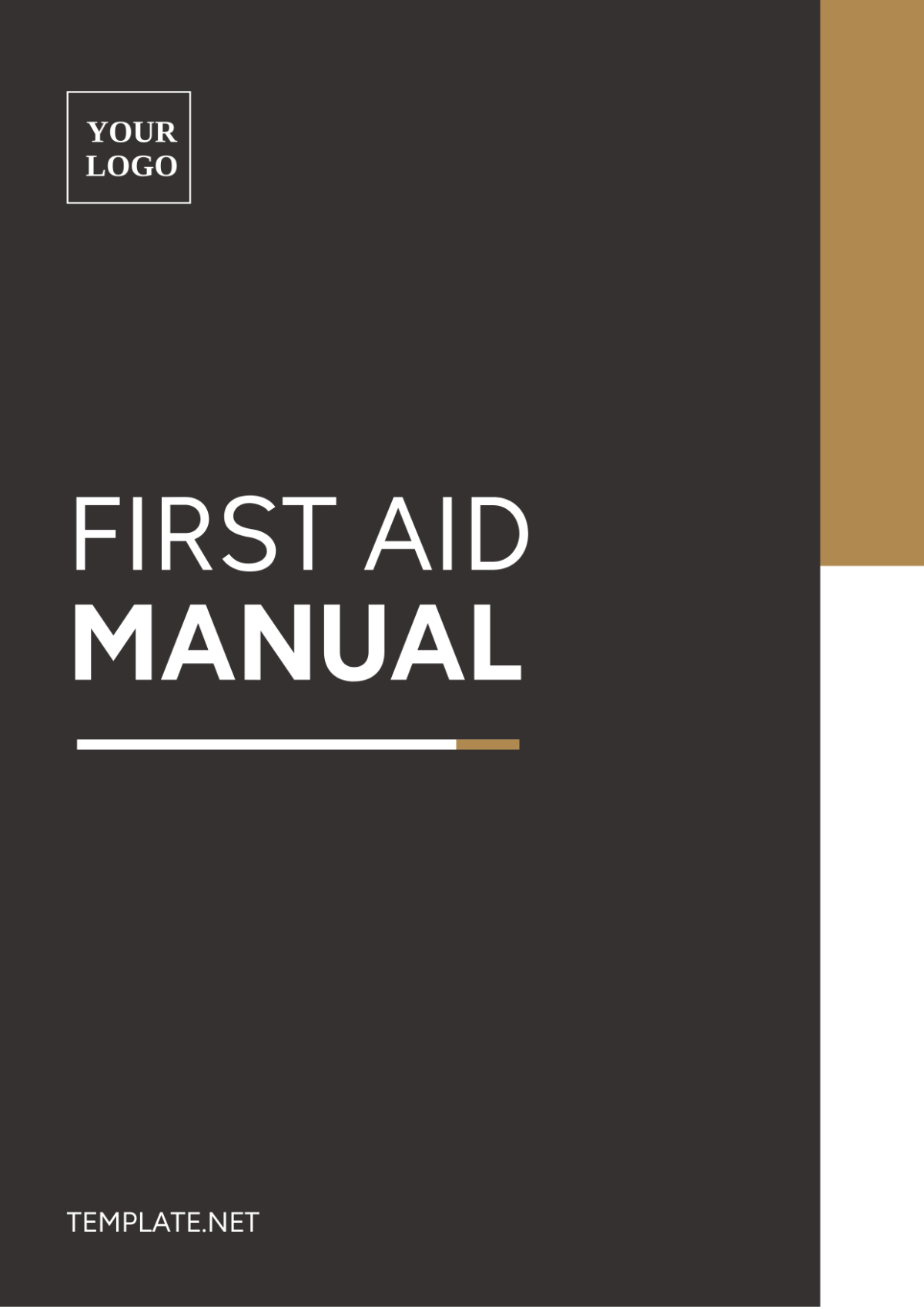
NAME: | COMPANY: | DEPARTMENT: | DATE: |
|---|---|---|---|
[YOUR NAME] | [YOUR COMPANY NAME] | [YOUR DEPARTMENT] | [DATE] |
I. INTRODUCTION
Welcome to the FIRST AID MANUAL, a comprehensive guide to basic first aid procedures and techniques. This manual is designed to equip you with the knowledge and skills necessary to respond effectively to medical emergencies and provide immediate care to individuals in need. Whether you are at home, in the workplace, or in public settings, knowing how to administer first aid can make a crucial difference in saving lives and minimizing the severity of injuries.
II. IMPORTANCE OF FIRST AID
A. Immediate Response
The importance of first aid cannot be overstated, as it often serves as the first line of defense in emergencies. Prompt and appropriate first aid can prevent minor injuries from escalating into more serious conditions and can even save lives in critical situations. By knowing how to recognize and respond to common medical emergencies, you can provide vital assistance to those in need and improve their chances of recovery.
B. Empowerment and Preparedness
Learning first aid empowers individuals to take control of emergency situations and make a positive difference in the lives of others. By acquiring the necessary skills and knowledge, you can become a valuable asset in your community, workplace, or household. Additionally, being prepared to handle medical emergencies instills confidence and peace of mind, knowing that you are capable of responding effectively to unexpected situations.
III. COMMON FIRST AID PROCEDURES
A. Cuts and Wounds
Assessment: Examine the wound for severity and signs of infection.
Cleaning: Clean the wound with soap and water to remove dirt and debris.
Control Bleeding: Apply direct pressure to the wound using a clean cloth or bandage.
Dressing: Cover the wound with a sterile dressing or bandage to protect it from further contamination.
Seek Medical Attention: If the wound is deep, gaping, or unable to stop bleeding, seek medical assistance.
B. Burns
Cooling: Immediately cool the burn with cold water for at least 10 minutes to reduce pain and swelling.
Covering: Cover the burn with a sterile, non-adhesive bandage or clean cloth to protect it from infection.
Pain Relief: Administer over-the-counter pain medication if necessary to alleviate discomfort.
Seek Medical Attention: Seek medical assistance for burns that are severe, cover a large area of the body, or involve the face, hands, feet, or genitals.
IV. MEDICAL EMERGENCIES
A. Choking
Assessment: Determine if the person is choking by asking if they can speak or cough.
Abdominal Thrusts: Perform abdominal thrusts (Heimlich maneuver) to dislodge the obstruction.
Back Blows: If abdominal thrusts are ineffective, deliver back blows between the person's shoulder blades.
Seek Medical Attention: Even if the obstruction is cleared, seek medical evaluation to ensure no internal injuries or complications.
B. Cardiac Arrest
Check Responsiveness: Shake the person and shout for response.
Call for Help: If unresponsive, call emergency services immediately.
Perform CPR: Begin chest compressions and rescue breaths following CPR guidelines until help arrives.
Use Automated External Defibrillator (AED): If available, use an AED to deliver an electric shock to restore normal heart rhythm.
V. ADDITIONAL RESOURCES
A. First Aid Kits
Ensure you have a well-stocked first aid kit readily available in your home, workplace, or vehicle. Check the kit regularly and replenish any used or expired items to maintain its effectiveness.
B. First Aid Training
Consider enrolling in a certified first aid training course to receive hands-on instruction and certification in first aid procedures. Training courses provide valuable practical experience and can enhance your confidence in responding to medical emergencies.
This section covers common first aid procedures for treating cuts, wounds, burns, choking, and cardiac emergencies. It emphasizes the importance of immediate response and preparedness in handling medical emergencies effectively. If you require further customization or additional sections, feel free to let me know.
VI. FIRST AID FOR SPECIFIC POPULATIONS
A. First Aid for Children
Assessment: Approach children calmly and gain their trust before providing first aid.
Common Injuries: Be aware of common injuries in children, such as falls, cuts, and burns.
Special Considerations: Take into account the age and developmental stage of the child when administering first aid, adapting techniques as necessary.
B. First Aid for Elderly Individuals
Assessment: Be mindful of chronic health conditions and mobility limitations when assessing elderly individuals.
Fall Prevention: Take measures to prevent falls, such as removing tripping hazards and installing handrails.
Medication Management: Ensure elderly individuals have access to their medications and assist them as needed in taking them correctly.
VII. PSYCHOLOGICAL FIRST AID
A. Recognizing Psychological Distress
Signs and Symptoms: Be aware of signs of psychological distress, such as anxiety, depression, or panic attacks.
Active Listening: Listen attentively to individuals experiencing distress and offer empathy and support.
Referral to Professionals: Encourage individuals to seek professional help if needed and provide information on available resources.
B. Self-Care for First Responders
Debriefing: Encourage debriefing sessions for first responders to process challenging experiences.
Seeking Support: Encourage first responders to seek support from colleagues, supervisors, or mental health professionals when needed.
Self-Care Practices: Promote self-care practices, such as exercise, relaxation techniques, and hobbies, to mitigate stress and maintain well-being.
VIII. CONCLUSION
Congratulations on completing the FIRST AID MANUAL! By familiarizing yourself with the contents of this manual, you have taken a significant step towards being prepared to respond effectively to medical emergencies. Remember, the knowledge and skills you have acquired can make a crucial difference in saving lives and minimizing the impact of injuries.
Continue to review and practice the first aid procedures outlined in this manual regularly to maintain proficiency. Additionally, consider pursuing further training and certification in first aid to enhance your capabilities and confidence in emergency situations.
Thank you for your commitment to learning and readiness to provide assistance to those in need. Stay safe, stay prepared, and always be ready to lend a helping hand.
- 100% Customizable, free editor
- Access 1 Million+ Templates, photo’s & graphics
- Download or share as a template
- Click and replace photos, graphics, text, backgrounds
- Resize, crop, AI write & more
- Access advanced editor
Revamp your first aid efforts with the ultimate A First Aid Manual Template from Template.net. Elevate safety standards effortlessly with our editable and customizable templates, ensuring your manual reflects your unique needs. Crafted for ease, these templates are editable in our AI Editor Tool, streamlining your document creation process like never before.
